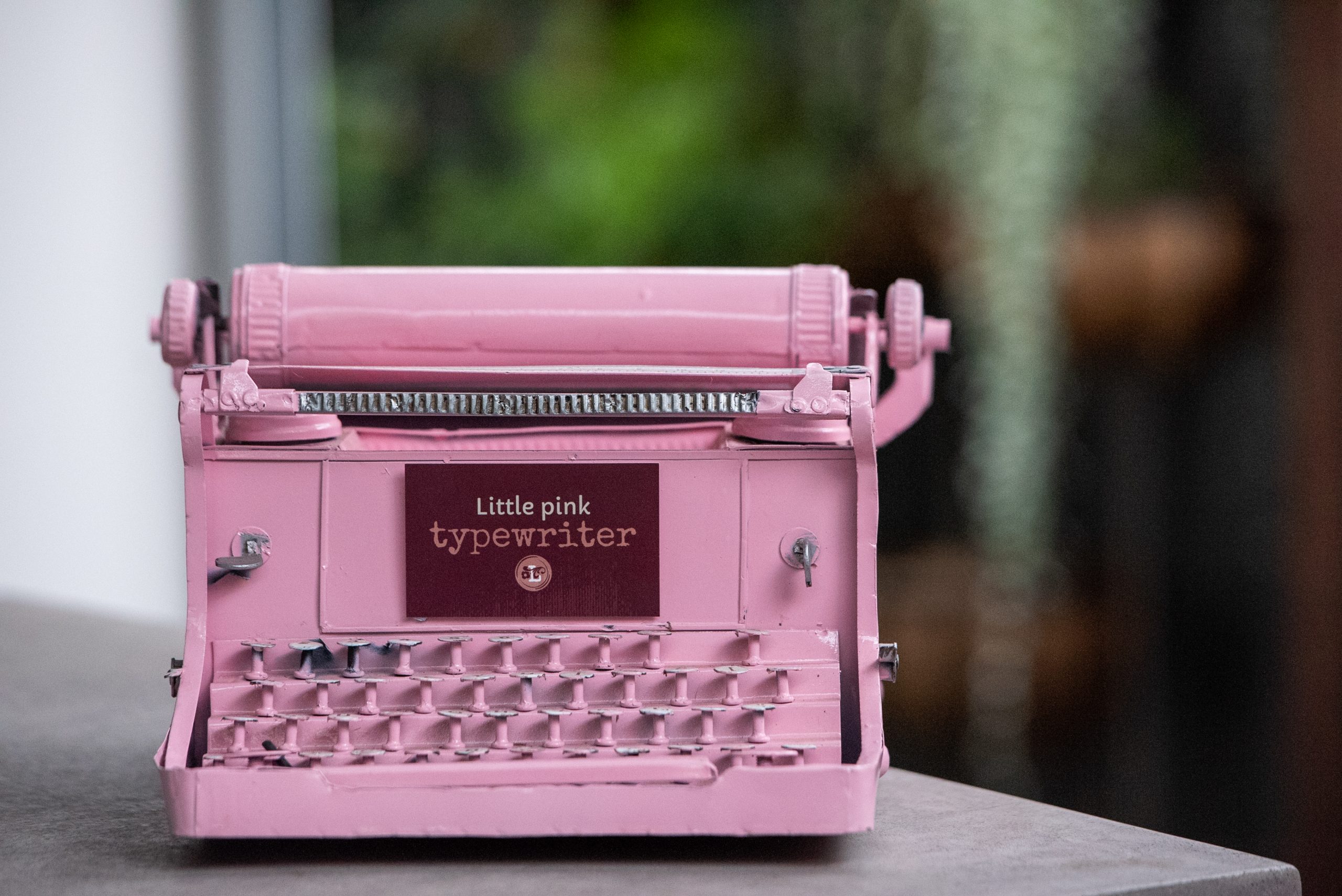Ay, ay, ay, I see a lot of “grammar” arguments on the internet… among the g’zillion other arguments on the internet, which is always a fun place to be. Insert eye roll.
And I see comments like, “nobody cares about grammar” and “oh you can just choose whichever you like and stick with it.”
Well, given some of the writing I see on the internet – and in the world in general – people either don’t care about grammar (thank you, predictive text!) or don’t understand grammar. And more specifically, the difference between grammar and house style.
And, yes, consistency is vital, but that’s not always the correct advice to give when talking grammar versus house style.
What is grammar?
Grammar is the *(largely) black and white, hard and fast “rules” – pertaining to sentence structure, nouns, verbs, adjectives, punctuation, etc. It (generally) determines what is right or wrong. Very little grey.
What is house style?
As its name suggests, house style is a company’s preferred style of written material – pertaining to abbreviations, acronyms, capitalisation, formatting, hyphenation, etc.
So, when someone asks a grammatical question, ie Should a sentence begin with a capital letter? You can answer that according to the rules of grammar. Yes, unless the word is a brand / name that begins with a lowercase letter.
And when someone asks a house style question, ie Should I capitalise the brand name, Little Pink Typewriter? Because it’s a proper noun and they should be capitalised? My answer would be: No; it’s Little pink typewriter. That was a deliberate style choice I talked about here.
Someone may ask a question they think is a grammatical question, but might actually be a house style question, ie How do I puncutate a list of bullet points?
Purist editors might say: A bulleted list has to follow the grammar rules of a sentence, ie
The bulleted list must open with a colon:
- Each bullet point ends with a semi-colon;
- The second-last bullet point has “and” after the semi-colon; and
- The last bullet point ends with a fullstop.
But this is actually a house style issue – meaning, it depends on the company’s house style rather than grammar. Modern punctuation suggests minimising puncutation usage or “open punctuation”, so a company’s house style might be:
The bulleted list must open with a colon:
- Ee\ach bullet point does not need a semi-colon
- It does not need an “and” after the second-last bullet point
- Nor end with a fullstop
So, it’s (largely) black and white with grammar, and flexible depending on the house style.
*DISCLAIMER!
However… like most things, language evolves. Rules change. Grammar evolves. Grammar rules change. But it’s important to understand the difference between grammar and house style. And yes, regardless of which set of rules applies, applying them consistently.
Want consistent, grammatically correct content that adheres to your house style? Need Little pink typewriter? Or just want to know more about what I do?
Email me at hello@littlepinktypewriter.com.au or drop me a line via my Contact form.









